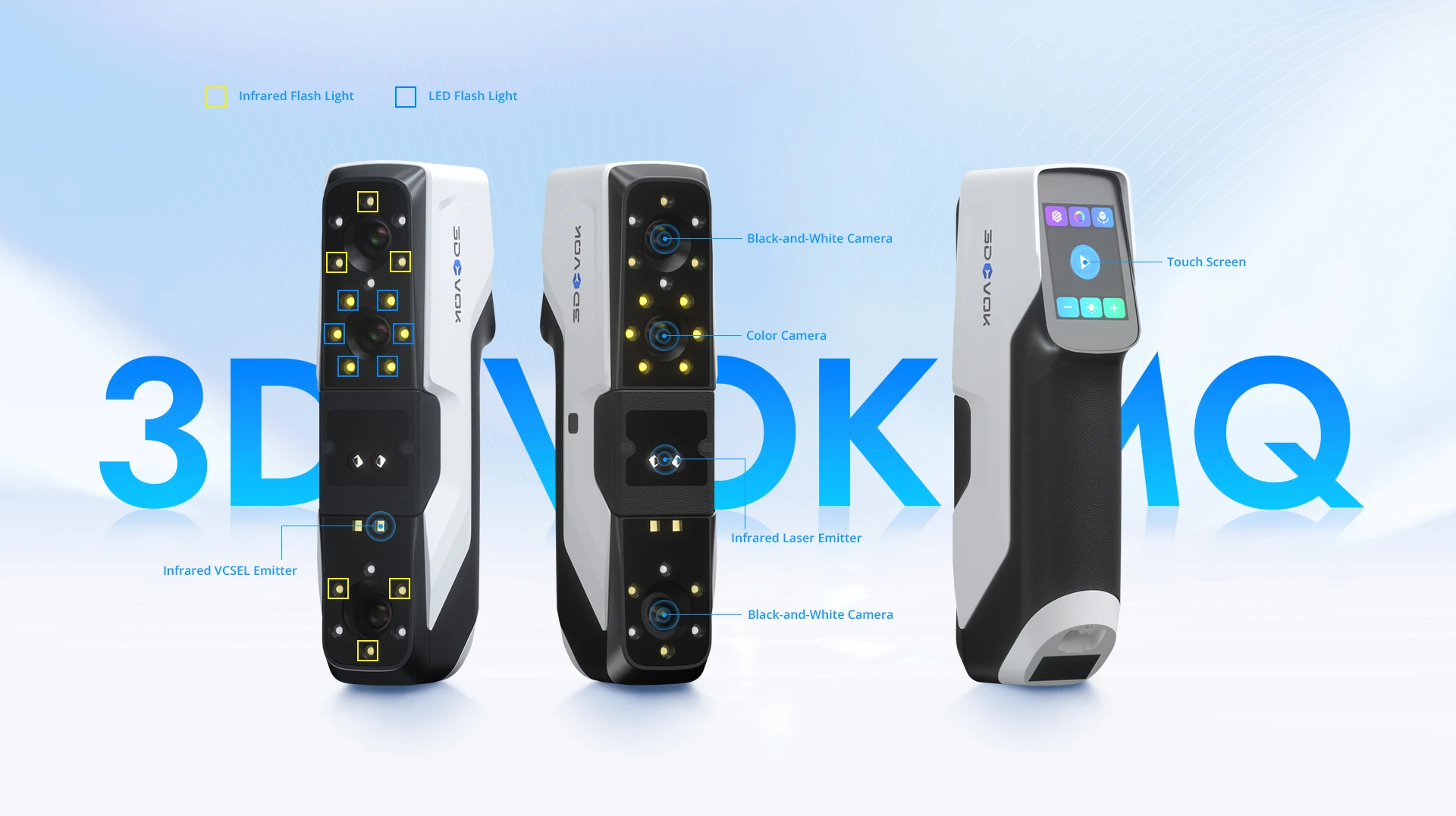The Essential Elements of Maintenance: Unlocking Efficiency and Reliability
Maintenance plays a crucial role in ensuring the smooth operation and longevity of various industries. By understanding and implementing the four key elements of maintenance, organizations can optimize their processes, reduce downtime, and enhance overall productivity. In this article, we will explore these elements in detail, providing valuable insights for professionals seeking to improve their maintenance practices.
- Preventive Maintenance:
Preventive maintenance is a proactive approach aimed at preventing equipment failures before they occur. It involves regular inspections, routine servicing, and the replacement of worn-out components. By adhering to a well-defined preventive maintenance schedule, organizations can minimize unexpected breakdowns, increase equipment lifespan, and reduce repair costs. Additionally, it enables better planning and resource allocation, ensuring uninterrupted operations. - Predictive Maintenance:
Predictive maintenance leverages advanced technologies and data analysis to predict equipment failures accurately. By monitoring various parameters such as temperature, vibration, and performance indicators, organizations can identify potential issues and schedule maintenance activities accordingly. This approach helps avoid unnecessary maintenance, reduces downtime, and optimizes resource utilization. Implementing predictive maintenance can be achieved through the use of sensors, data analytics, and machine learning algorithms. - Corrective Maintenance:
Corrective maintenance focuses on addressing failures and malfunctions promptly. It involves reactive actions taken after a breakdown occurs, aiming to restore equipment to its optimal working condition. While corrective maintenance is often unavoidable, minimizing its occurrence is crucial. By analyzing breakdown patterns and root causes, organizations can identify systemic issues and implement preventive or predictive measures to mitigate future failures. This approach reduces downtime, improves safety, and enhances overall operational efficiency. - Autonomous Maintenance:
Autonomous maintenance empowers frontline operators to take responsibility for routine maintenance tasks. By training and involving operators in equipment inspections, cleaning, and minor repairs, organizations can foster a culture of ownership and proactive care. This approach not only reduces the burden on maintenance teams but also enhances equipment reliability and performance. Additionally, operators become more attuned to potential issues, enabling early detection and timely intervention.
Conclusion:
In today's fast-paced and competitive business landscape, efficient and reliable maintenance practices are essential for sustained success. By incorporating the four elements of maintenance - preventive, predictive, corrective, and autonomous - organizations can optimize their operations, reduce costs, and improve overall productivity. Embracing technological advancements, data-driven insights, and a proactive mindset will enable businesses to stay ahead in an ever-evolving market.


